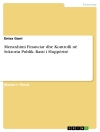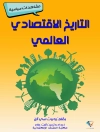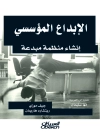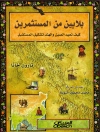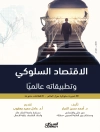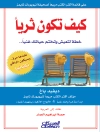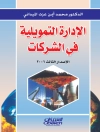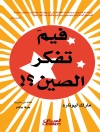This book celebrates the life and work of Peter Nijkamp, whose research provides a strong focus on regional science. His work follows a rigorous, comprehensive approach, centred around analytical modelling and methodological innovation. This edited volume, like Prof Nijkamp’s research, covers a wide range of topics in regional science, analysed through multi-criteria evaluation, evaluation modelling, econometrics, and simulations, among other methods. These tools are applied to the analysis of society and culture, tourism and information, cities, environment and sustainability. Professor Nijkamp is one of the founders and the past president of the Regional Science Association International. His work forms a valuable reference for researchers, scholars, policymakers, and students in the field of regional science and other disciplines. This volume, timed to coincide with his 75th birthday, celebrates Prof Nijkamp’s great contributions to regional science. He also promoted and participated in the education and development of young researchers not only in regional science but also in other fields, supervising many Ph.D. students and hosting even more as guests in Amsterdam. Contributors to this volume include Prof Nijkamp’s former doctoral students and guest researchers, as well as associates and colleagues.
Jadual kandungan
Foreword.- Preface.- Part Ⅰ: New perspectives, modelling and methodology in Regional Science.- Chapter 1: The cost of missed EU integration.- Chapter 2: On the Existence of an Equilibrium in Models of Local Public Good Use by Cities to Attract the Creative Class.- Chapter 3: Canadian Regional Science 2.0.- Chapter 4: Dynamic Sustainability: Back to History to Advocate for Small and Medium Size Towns.- Chapter 5: Peripheral Urban Areas: Perspectives on Sustainable Regeneration.- Chapter 6: Cities and Spatial Data in the New Urban World – A Data-Analytic Exploration.- Part Ⅱ: Society and Culture.- Chapter 7: Group-size bias in the measurement of residential sorting.- Chapter 8: Entrepreneurial Interest of University Students in a Multicultural Society.- Chapter 9: How can small-scale measures of Human Development Index (HDI) be used to study the local potential for sustainable economic growth?.- Chapter 10: Ceteris Paribusand Fixed Effects in Regional and Cultural Economics.- Chapter 11: Horizontal Transmission of Civic Capital and the Emergence of Cooperation: An Agent-Based Modelling Approach.- Part Ⅲ: Tourism and Information.- Chapter 12: Peter Nijkamp on the move: crossing borders between regional science and tourism studies.- Chapter 13: Revisiting Bruges: Investigating the importance of tourist crowding perception in the visitor experience through computational text analysis.- Chapter 14: Exploring User Behavior in Destination Websites: An Application of Web Mining Techniques.- Chapter 15: The Role of Visualisation in Spatial Planning: A GIS-based Approach.- Part Ⅳ: City, Environment and Sustainability.- Chapter 16: Towards the implementation of the circular economic model in metropolitan cities: the case of Naples .- Chapter 17: Large cities as the cradle of sustainable energy innovation.- Chapter 18: Are CO2 emission targets of C40 cities realistic inview of their mayoral powers regarding climate policy?.- Chapter 19: Economic Impact Analysis of Installing Renewable Energy: A Multiregional Input-Output Model for a small region and the rest of the country.- Chapter 20: A performance assessment of Japanese cities by means of Data Envelopment Analysis.
Mengenai Pengarang
Soushi Suzuki, Hokkai-Gakuen University
Roberto Patuelli, University of Bologna


